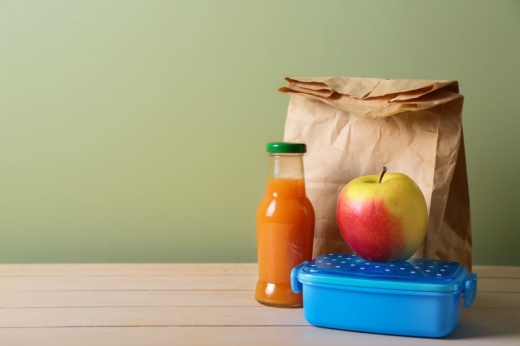Officials from Houston ISD’s Nutrition Services Department said they have one goal in mind as their free summer meal program began June 6: feed as many kids as they possibly can.
“In Houston, we have a diverse community all over the city. We cover about 333 square miles, just the Houston district, and in those 333 square miles, we don’t know what the situation particularly could be in any one of those cases,” Houston ISD Area Manager Chandra Blackwell said. “So we want to make sure that we provide the Houston area nutritious meals because it may be the meal they get for the day.”
The details
More than 1.3 million free meals will be served to Houston-area children by the 195 schools that are open for summer school. The free summer meal program runs Mondays-Thursdays, and children ages 1-18 are eligible to participate. Blackwell said the doors are open for every child.
- There is no need to be enrolled in a summer school.
- There is no need to provide ID, paperwork, registration or proof of income.
- Free meals will be consumed in the cafeteria area during the specific school's meal times.
- While summer school typically runs from 7:30 a.m.-2:30 p.m. or 3 p.m., times for breakfast and lunch can vary by campus.
- Here is a map for schools in HISD.
For those interested in obtaining a free meal, officials from the nutrition department stressed the following:
- Participating school campuses cannot serve meals outside the allotted breakfast or lunch times, which means those who are interested should confirm breakfast or lunch times with the campus or call the HISD Nutrition Department at 713-491-5944.
- Even though summer school will end June 30, some campuses might have programs that will allow them to serve free meals in July. Interested individuals should check with the campus.
- Where the meals are served may differ from where the school is located, and they suggested checking the list with summer school locator information.
“That means that it’s healthy, and that also means that it’s not a lot of added sugars and salts and all those things which are good for the students and brain power throughout,” Blackwell said.





